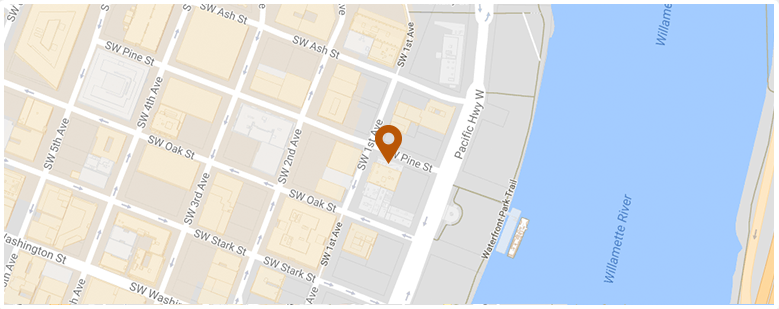Any worker dying in a workplace accident is a tragedy. What makes many of these tragedies so profoundly frustrating is that after-the-fact investigations reveal that the worker’s death was entirely preventable. Many workers lose their lives on the job when, with better training, better supervision, and better safety protections, their accidents could have been avoided entirely. Sometimes, these cases involve failures not only by the employer but by third parties, as well. When that happens, the worker’s family may be entitled to seek justice using an industrial accident lawsuit. For answers to your questions about this type of civil action, you should speak to an Oregon industrial accident lawyer experienced in litigating these sorts of cases.
A recent worker death was the latest example of a preventable accident, according to a state agency investigation. In early March 2024, a 32-year-old employee working at a paper mill in Camas, Washington died when a machine crushed him. A police report filed after the man died revealed that the worker “was working alone on a machine that had reportedly been having issues earlier in the day when the incident occurred.”
Not only had the machine had problems earlier in the day, but it also experienced issues during the man’s shift. According to a news release from the Washington State Department of Labor and Industries, the man “called four times in one hour to ask for help troubleshooting” the machine. Still, he was left alone with the machine. Other employees only checked the station after boxes began backing up on the conveyor belt. By then, the machine’s metal arms had already crushed the man to death.
After a months-long investigation, the department fined the paper company more than $648,000 “for violations of fundamental safety rules that contributed directly to the worker’s death, along with other safety issues identified at the site.”
The Company Had Removed the Machine’s Guards
One problem that contributed to the death was that the machine in question did not have permanent guards attached to it. More specifically, it did not have guards at the time of the worker’s death. The machine originally had guards, but the paper company removed them in 2017 and replaced them with a fence built around the machine.
The employer was aware that the lack of guards was a problem, according to the department’s investigation. The company’s “own analysis” from two years ago “showed that they needed doors guarding this machine that would not unlock unless power to the machine was shut off.” Nevertheless, the machine still lacked those protections when the man died. The department’s investigation concluded that the employer “knew what needed to be done to make this equipment safer, but didn’t take action that could have prevented this worker’s death.”
The investigation revealed other safety violations, as well. The man who died in March was working alone. Safety rules demand that pulp and paper mills conduct periodic check-ins with workers working alone in isolated areas. The Camas mill had a policy requiring a lead to check in with isolated employees every two hours, but employees at the mill told the department the two-hour check-in rule had not “been enforced in years.”
The fine the mill received — $648,292 – is much higher than the company would have received if the accident had occurred in Oregon. In this state, the penalty for a workplace accident ending in death is, at most, $250,000. Oregon OSHA can only issue a fine of $50,000-$250,000 if the violation was “willful” or the employer was a repeat offender. Absent those special circumstances, Oregon OSHA can only hand down a fine of $20,000-$50,000 for a worker’s death.
Those figures are actually a major improvement. Prior to the passage of a new law in 2023, the maximum fine for a worker’s death (in cases not involving repeat violations or willfulness) was $13,653 and could be as little as $400.
Much of the reporting on this accident focused on the employer’s failure to maintain machine guards and to follow its own rules for checking in on employees working in isolation. Nevertheless, an accident like this one could present more (and more complex) issues. As the department noted, machines like the one involved in this death “can unexpectedly or accidentally get power and start up if the power source isn’t disconnected and locked out. The results can be fatal if someone is near or in equipment when it happens.”
If a machine started up due to a malfunction, it is possible that part of the blame falls upon those who designed, manufactured, inspected, maintained, and/or repaired the equipment. While a worker’s family could not sue the employer, they potentially could take action against those responsible for designing, manufacturing, inspecting, maintaining, and/or repairing the machine. That is where an industrial accident lawsuit could come in.
Industrial accident matters are often intricate, nuanced, and complex. They require an experienced advocate. At Kaplan Law LLC, our Oregon industrial accident attorneys have the first-hand experience and knowledge necessary to provide your family with the highest level of representation. To learn more, call (503) 226-3844 today or contact us online to set up your free consultation.
 Oregon Injury Lawyer Blog
Oregon Injury Lawyer Blog


